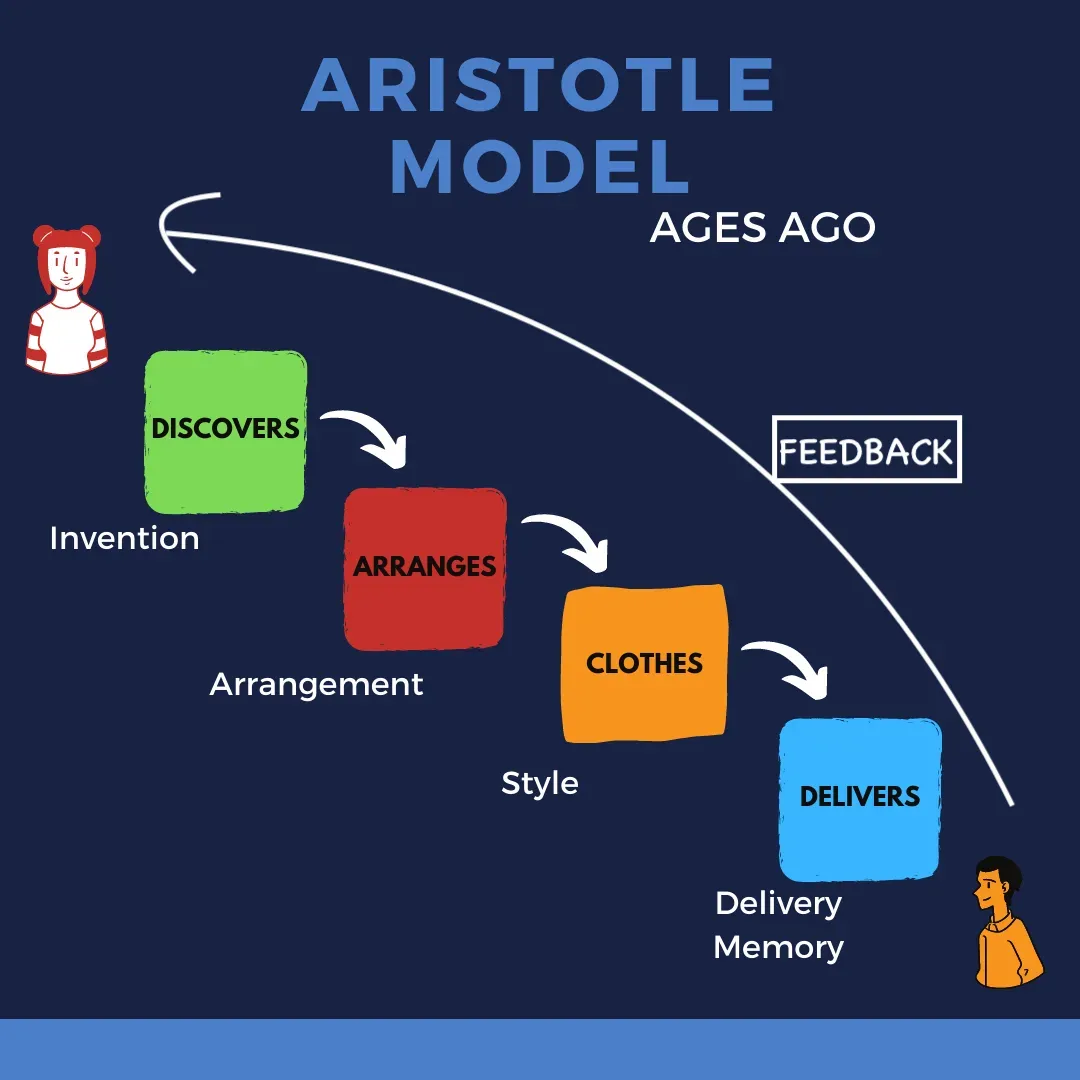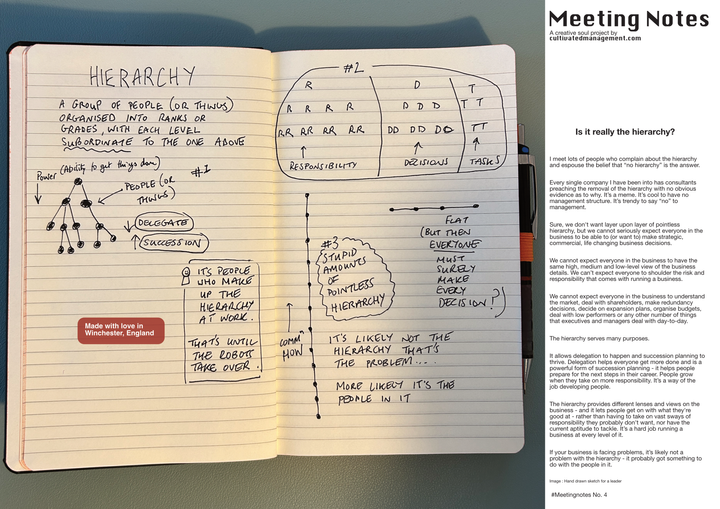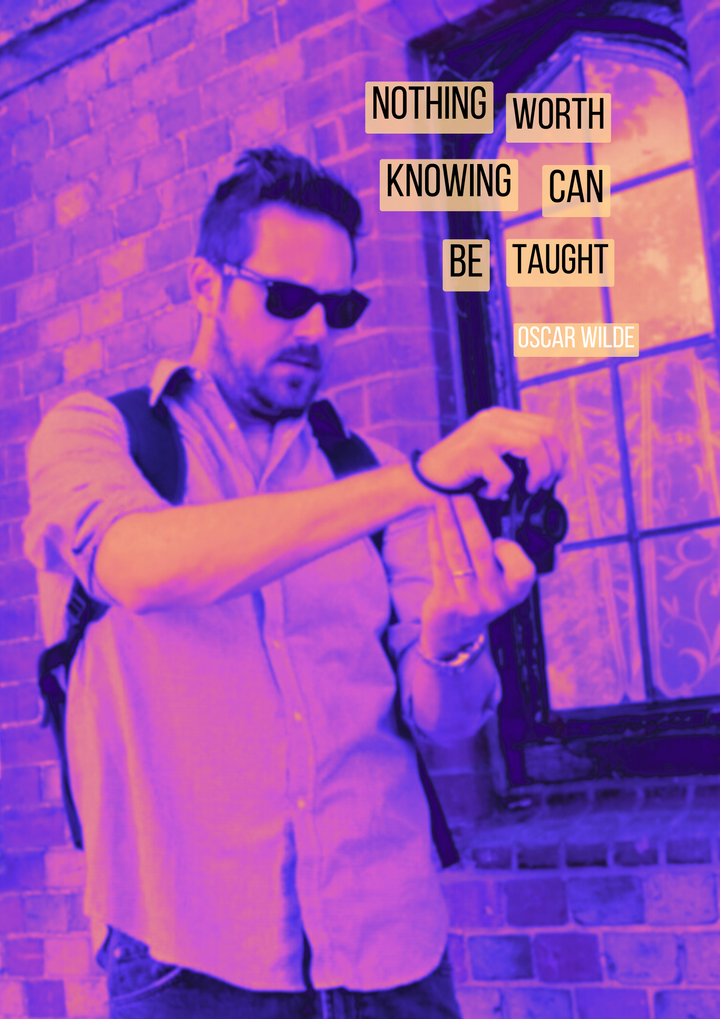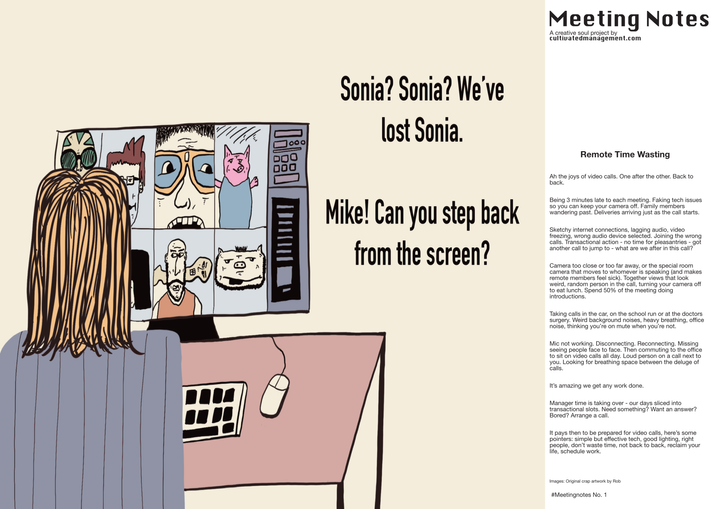Feedback is essential - 4 levels of receiving messages

The art of effective communication is grounded in understanding your reason for communicating (the purpose) and your audience. And feedback.
I cover this, in great depth, in the Super Power Workshop.
The idea of Purpose and Audience (and Context) is a foundational building block of what I teach in the course, and it’s the foundations of effective communication.
When we are clear about our purpose, we can hone in on it and ensure we do our best to achieve this purpose. We know when we have succeeded in communicating. When we are clear about whom we would like to affect, we can hone in and try our best to make our communication land with the right person/people.
I also teach that communication is something the other person does. If we send a message and it is not received, we have failed – the other person has not received it. If we send a message, and it is received, but the other person doesn’t do what we expect, or even respond, we have failed.
A clear way to think about this is related to our technology enabled world.
With the rise of remote working and the ever growing reliance on technology as a medium for communication, we are sending and receiving messages digitally a lot more than we ever used to. Probably too much if you ask me.
But sent, does not mean received.
It’s important to break the word “received” down here into four important categories.
Category 1 – Not even received it
When we send something digitally we assume that it will reach it’s destination. But, this may not be true. So even though we say “You should have received an email from me”, it doesn’t mean that it was indeed received.
We assume reception of messages – and this is a giant cause of ineffective communication in the workplace.
The email didn’t land in their inbox, their signal on their phone is sketchy, it got caught in the spam filter, it didn’t arrive in the post (old school).
It just simply did not arrive so they could never have received it.
We often jump to conclusions that someone is ignoring our messages, or playing silent via email after they received our message. The reality is, the message may simply have never even arrived.
Category 2 – It was delivered
Building on the above is the assumption that our message did indeed get delivered. It was received in the other person’s inbox. The first green tick on WhatsApp tells us it arrived. We get a “signed for” confirmation if you’re posting something.
But. This does not mean that they actually read the message, or did something with the communication, or understood it. And in this regard, we’ve probably failed to communicate also if we assume communication by the fact it was “delivered”.
They may have physically received the message but mentally, emotionally and cognitively may not have actually received it.
Category 3 – They opened it and read it (or listened or watched)
They opened and read the email. The second green tick tells you they opened and read the message. Outlook tells you they opened it. We assume from this that we have communicated because the other person opened it and read it.
Not true.
Even here we’re not sure they actually digested it but at least we know they opened it and looked at it.
And even now, after peeling back the layers of “receiving” messages we still do not know for sure that they digested the message, understood it and did something with it.
We still, at least in my view, have not communicated yet, as we don’t know for sure we achieved our purpose.
Category 4 – Feedback
They received it because they gave us some form of feedback. This is the ultimate confirmation that the other person did indeed receive our communication. We have communicated….to some extent.
Receiving, as I define it, means the other person has digested and done something with the message. In order to know we have been successful at reaching the other person, we need feedback.
Feedback is the closing (and opening) loop in communication. It’s the confirmation we have communicated. We may not land the message right, but we know it’s been communicated: the other person has truly received the message and has responded.
We need feedback to ensure we’ve communicated.
Sent, opened, read – none of these mean they truly received the message. The only time we know for sure is when we get feedback.
- It could be that they respond with confirmation. “Got it, will do, thanks”.
- It could be that they send us the response we asked for. “Here’s the report you’ve just asked for.”
- It could be that they change their behaviours or do some action that we can see.
- It could be they reopen the loop back to us – for us to now receive their communication. “Thanks for your message but it’s not clear what you mean when you say X, Y or Z”
- It could be they confirm they have received the message and are clear.
Feedback is the signal that the other person has received your communication. Until we get that confirmation we cannot be sure. We do not know for certain that we have communicated.
In the workplace this requires effort to get that feedback. It may require multiple messages, or better phrased emails, or chasing up. And many people don’t do it.
They “assume” reception of messages. But sent, and delivered, does not equal communication.
Here’s Aristotle’s model with a feedback loop added.
I like this model because I like how he:
- “Discovers” something (a message worth communicating)
- “Arranges” it (choosing the most appropriate structure, format, order)
- “Clothes” it (style, medium, language patterns, supporting visuals, stories)
- “Delivers” it (sends the message)
It feels really neat to explain it this way.
But back then he was stood on the side of a hill shouting to people – hence there was no feedback mechanism involved. It was more broadcast than communication.
Add feedback though, and you have a communication model that makes sense for the curious mind.

Feedback is confirmation we have achieved our purpose. Or not.
It’s confirmation that the message was received. It’s the basis of communication. Feedback let’s us continue a conversation or know we’ve achieved our purpose so we can move on. It’s extremely important.
In many of our interactions in the workplace there are delays, chaos and noise that can mean getting feedback is hard. It’s why our workplaces are fraught with ineffective communication. It’s hard to communicate and get feedback. It takes time and effort.
Everyday people “think” they have communicated by sending an email, or a text, or a chat message, or even verbally announcing something in a meeting (and then not getting feedback it was received).
Ever been in a meeting where everyone left with a different understanding of the outcome or actions?
Sent does not mean received.
As we go about our digital communications through email, chat and video calls, it’s important to seek out feedback and check you’re achieving your purpose with your messages.
Face to face is easier as we can read body language, see head nods, understand meta “hmms” and “yeps” and so on.
If we want to be effective communicators we need to check our messages are indeed fully received and understood. And this is done through feedback.
We can follow up, chase, go see someone, pick up the phone or hopefully, the other person will respond. Without feedback, how can we be sure we communicated effectively?
It’s precisely why I suggest anyone communicating anything urgent, confidential, super important or delicate uses face to face (in person or video calls). It’s quicker to get feedback, you can pivot based on the responses and you can clearly see whether your messages are landing.
Anything of absolute importance should be communicated face to face when possible to ensure it has indeed been received.
For anything we use digital tooling for, be sure to remember that sent does not mean received, even if the chat tool tells you they’ve opened and read it. Received is when the other party gives you feedback.
The key to effective communication is knowing your purpose and knowing your audience. And using the appropriate medium to communicate. And then getting feedback.
Get clear on purpose. Send. Get feedback. Check your purpose was achieved.
If you didn’t achieve what you set out to achieve, what can you learn? What can you do differently? How can you arrange and cloth your message better? How can you choose a better medium?
Try again, and again and again, until you’re an excellent communicator. That’s all it takes – trying, learning and trying some more. Pretty soon you’ll be nailing your purpose first time, but you’ll only know if you get some form of feedback.
And when you do this you’ll develop your super power in the world of work; effective communication.



